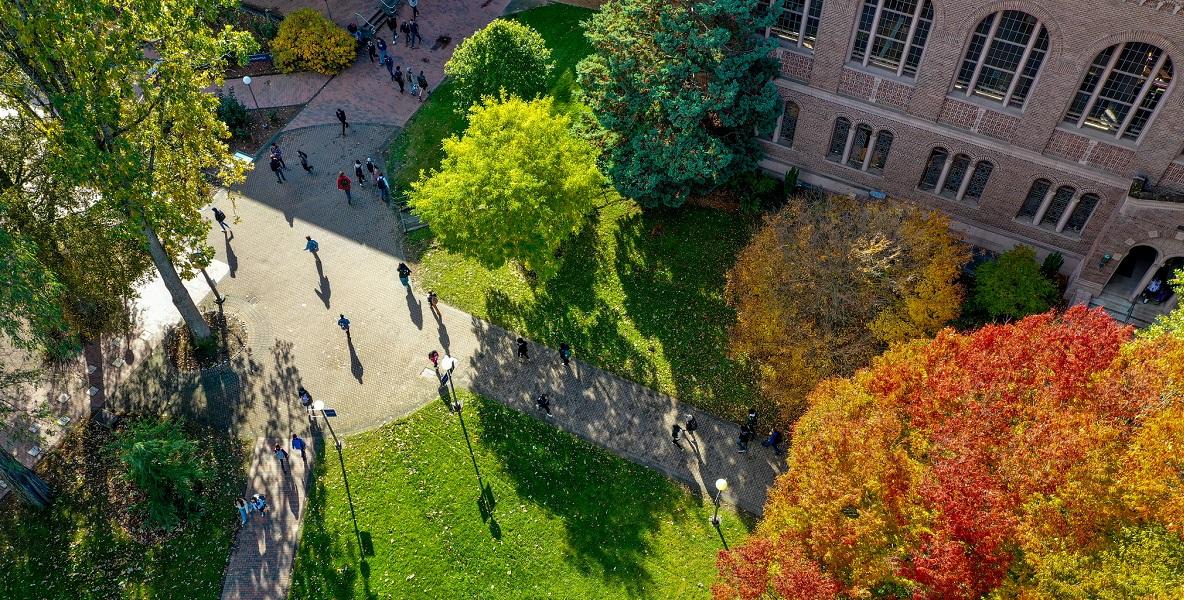WWU Budget
Western's budgets are financial plans authorizing the use of funds for approved activities. They are developed to promote financial stewardship and to ensure resources are allocated to best support the university's strategic goals and mission. Budgets are not the same as the actual amounts the university earns and spends in a year (our revenues and expenditures), but are projections based on analyses of available data. Western's two main financial plans are our operating budget and capital budget.
Western's operating budget is a plan for funding the daily university functions in support of our mission. It includes the things needed to support students' education, such as staff and faculty salaries and benefits and operating costs for student support services. Operating budgets are primarily funded through the state, student tuition and fees, and auxiliary enterprises. The development and administration of the operating budget is the responsibility of Strategy, Management & Budget in collaboration with the President and the President's Cabinet.
Operating budget development is influenced by the state's legislative session, the state operating budget, and our own strategic budgeting process. Each of these components has their own set of procedures and timelines and must all align for Western to submit their operating budget requests to the state.
State Budgeting Process
Western's operating budgets are largely impacted by the Washington State legislative sessions and the state's own operating budget and budgeting process. Learn more about this process and the associated timelines on the state budgeting process page.
Strategic Budgeting Process
Each year, departments can submit budget proposals aligned with the university's strategic goals for funding consideration. For more information visit our strategic budgeting page.
The Capital Budget is a 10-year plan for funding the university's physical spaces and information technology (IT) infrastructure. The funds may be used to construct new facilities, maintain and renovate existing facilities, and make necessary updates to IT infrastructure. The Capital Budget process and projects are managed by the Capital Planning & Development office in the unit of Facilities Development & Operations.

